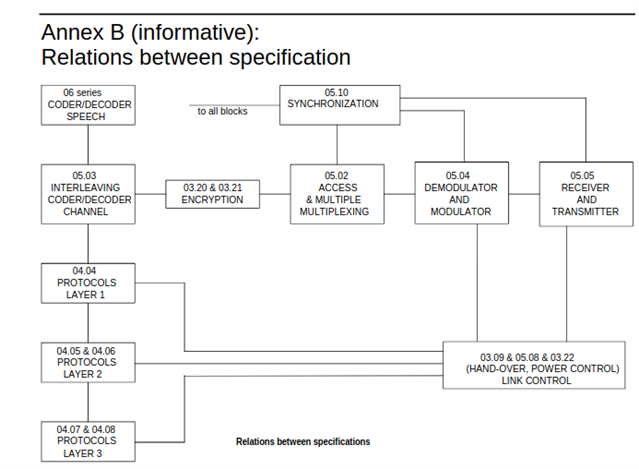I'm designing an indoor TETRA coverage making use of a Bi-Directional Amplifer (BDA). Due to the client's requirements, the designed coverage for the outdoor carpark is having both direct line-of-sight (LOS) from donor celllsite and its repeated signal from BDA. LOS and repeated signals are similar in strength. The BDA unit has a round-trip system delay of 15us while feeder propagation time is negligible. So, the time difference between LOS and repeated signal can assume 15us. This scenario can be regarded as multi-path interference.
Knowing that the User Equipment (UE) deploys the equalizers to handle the multi-path effect, I'm unable to find the equalizer capability requirement in the GSM Specification. For a common 2G UE of TERA or GSM, what's the minimum time spread on multi-path signals that the equalizer is able to handle?
